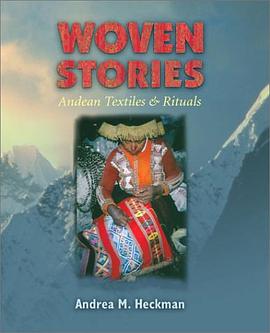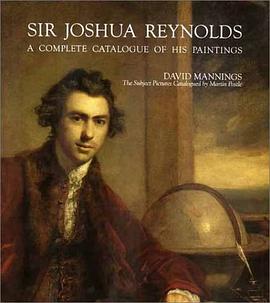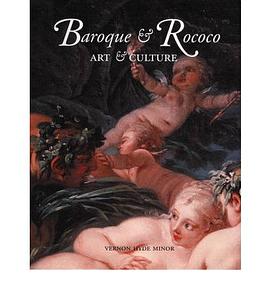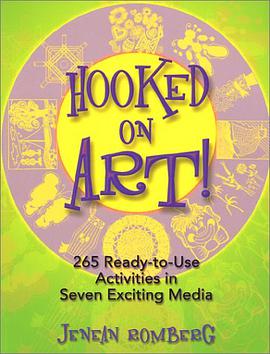

具體描述
The Quechua people of southern Peru are both agriculturalists and herders who maintain large herds of alpacas and llamas. But they are also weavers, and it is through weaving that their cultural traditions are passed down over the generations. Owing to the regions isolation, the textile symbols, forms of clothing, and technical processes remain strongly linked to the peoples environment and their ancestors.Heckmans photographs convey the warmth and vitality of the Quechua people and illustrate how the land is intricately woven into their lives and their beliefs.Quechua weavers in the mountainous regions near Cuzco, Peru, produce certain textile forms and designs not found elsewhere in the Andes. Their textiles are a legacy of their Andean ancestors. Andrea Heckman has devoted more than twenty years to documenting and analyzing the ways Andean beliefs persist over time in visual symbols embedded in textiles and portrayed in rituals. Her primary focus is the area around the sacred peak of Ausangate, in southern Peru, some eighty-five miles southeast of the former Inca capital of Cuzco.The core of this book is an ethnographic account of the textiles and their place in daily life that considers how the form and content of Quechua patterns and designs pass stories down and preserve traditions as well as how the ritual use of textiles sustain a sense of community and a connection to the past. Heckman concludes by assessing the influences of the global economy on indigenous Quechua, who maintain their own worldview within the larger fabric of twentieth-century cultural values and hence have survived everything from Latin American militarism to a tidal wave of post-modern change.
作者簡介
目錄資訊
讀後感
評分
評分
評分
評分
用戶評價
相關圖書
本站所有內容均為互聯網搜索引擎提供的公開搜索信息,本站不存儲任何數據與內容,任何內容與數據均與本站無關,如有需要請聯繫相關搜索引擎包括但不限於百度,google,bing,sogou 等
© 2026 qciss.net All Rights Reserved. 小哈圖書下載中心 版权所有




















